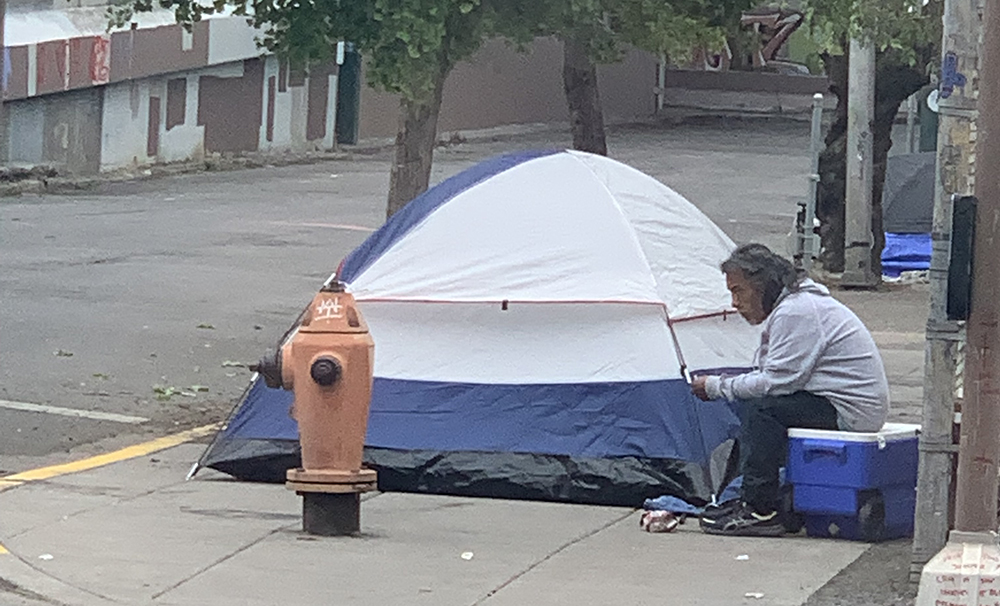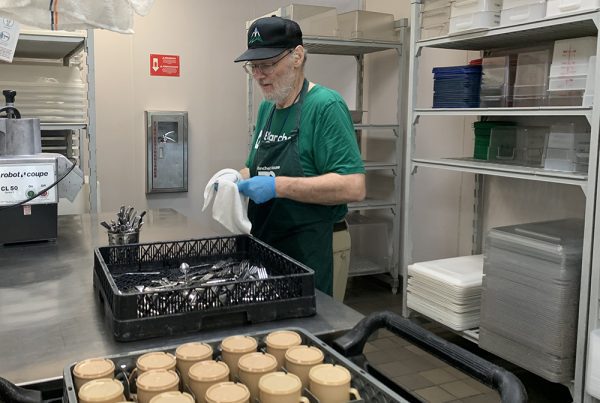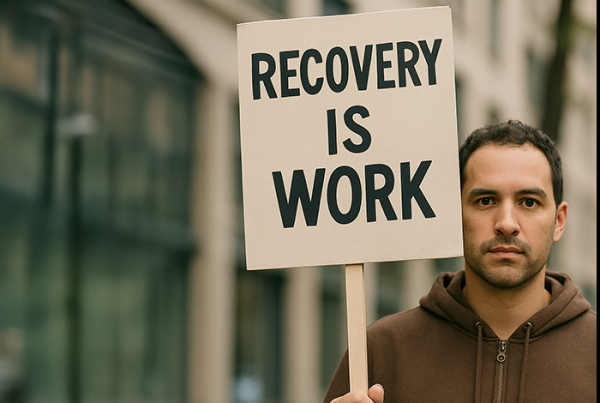1. Myth: Being Homeless or Unhoused is a Choice
Reality
- Most people do not choose to be homeless. Lack of immediate access to affordable housing is the number one reason people become homeless. There is a shortage of more than 7 million affordable homes for 10.8 million extremely low-income families in the US according to National Low-Income Housing Coalition.
- Other factors that lead to someone experiencing homelessness are untreated mental health issues, substance abuse, domestic violence, discrimination based on gender and sexual identities, poverty, and inadequate connection to social safety nets.
- Many individuals and families are a paycheck or unexpected expense away from homelessness. Housing insecurity, or the state of not having stable housing, can be caused by having trouble paying rent, overcrowding, being forced to move, or having to spend the majority of income on housing.
2. Myth: Homeless People Are Lazy and Don’t Want to Work
Reality
- According to research, 42% of homeless people reported a disabling condition which includes physical, mental, or emotional impairment that has a long-term disabling effect; a developmental disability; HIV/AIDS; or injury or illness incurred or aggravated during military service.
- Yes, substance abuse disorder is a disability that keeps people from working.
- Many homeless individuals are employed but do not earn enough to afford housing. Barriers to housing also include good credit, savings for a deposit or downpayment, and a good rental record.
- The rise in housing costs has outpaced wages in many areas, making it difficult for low-income workers to secure stable housing. According to a Harvard University study, the median price of a single-family home in 2023 was about 5 times the median household income
- Barriers such as lack of transportation, inadequate access to healthcare, and the stigma of homelessness make it challenging for homeless individuals to maintain employment.
3. Myth: Homelessness Is Only a Big City Problem
Reality
- Homelessness exists in rural, suburban, and urban areas. Rural homelessness often goes unnoticed due to less visible signs. However, a lack of services and support can make homelessness even more challenging in a rural area.
- Homelessness also affects small towns and suburban areas, with people often living in cars, and motels, or doubling up with family or friends.
- NPR reports that the number of homeless students in rural areas increased by 11% to over 162,000 students from 2013 to 2017.
4. Myth: Providing Services to Homeless People Encourages Homelessness
Reality
- Human services such as free food, clothing, shelter, and medical care help stabilize individuals and families. Basic needs services give people struggling the strength to tackle bigger challenges like finding housing and rebuilding their lives. Constantly worrying about where your next meal will come from distracts you and can cause mental and physical health problems.
- Access to supportive services can significantly reduce the duration of homelessness and improve long-term outcomes.
5. Myth: Homeless People Are Dangerous
Reality
- The majority of homeless individuals are not dangerous. They are more likely to be victims of crime than perpetrators.
- Homelessness is primarily a condition of extreme poverty and vulnerability, and many homeless people avoid conflict and seek safety.
- Unhoused people are often targeted for their vulnerability, especially women, young people, and people to do not conform to typical gender identity.
You can help alleviate suffering in your community by signing up to volunteer or donate to a local aid organization providing services to people experiencing homelessness. At Blanchet House, we know that helping people meet their most basic human needs of food, clothing, and shelter can give them energy and hope to tackle bigger challenges in life.
-Compiled by Julie Showers


















